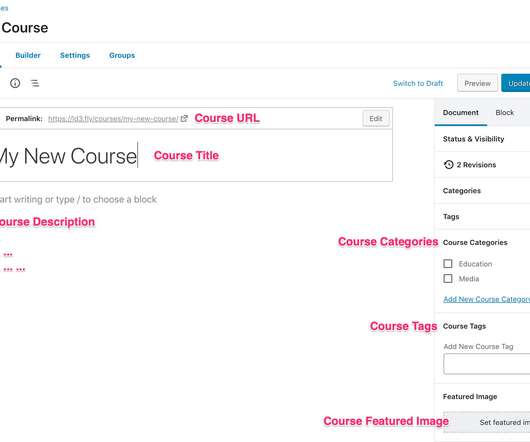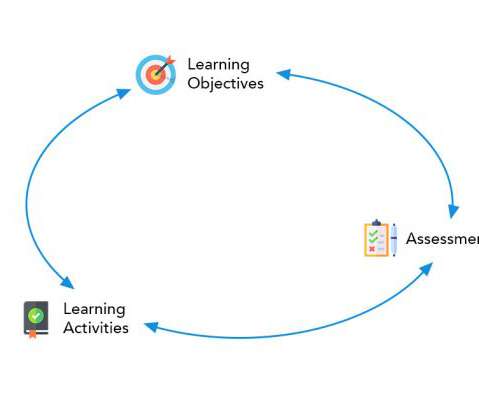7 Strategies to Attract Learners to your LMS
Paradiso Solutions
JULY 22, 2022
Maintain a Professional Image. This implies that you should fill out profiles in your LMS, including titles, profile pictures, and bios. Using an intelligent taxonomy to organize information, remove out-of-date material, and accurately tag content. You can effortlessly attract learners to your LMS with professionalism.
















Let's personalize your content